Any gemstone material with cracks will tend to be filled, which is undoubtedly to reduce the visibility of cracks. Surprisingly, in the industry, the concept of such oil immersion is usually recognised as the optimisation of emeralds. Other gems, after identification, were quite surprised by many practitioners when they were told that they contained filling optimisation.
In the past few years, it has often been noticed that oil or other fillers will also appear in the cracks in gems other than emeralds, one of which includes rubies.
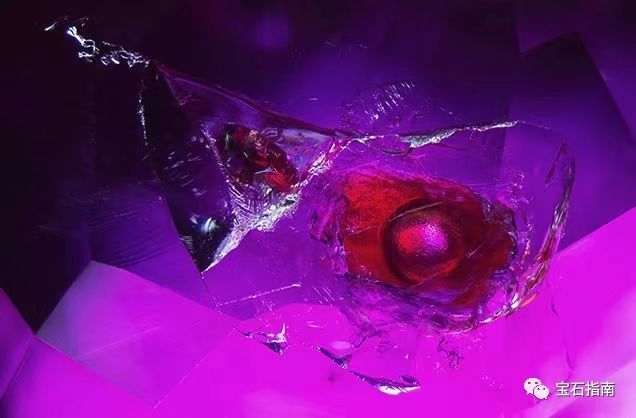
For these filling treatments, Burmese rubies are natural candidates because they often contain the necessary cracks.
In most cases encountered so far, some purple to pink red treasures contain orange oil in order to make the colour of Hongbao brighter, while most of them come from Myanmar's unburned rubies, mainly soaked in oil or wax in the cracks.
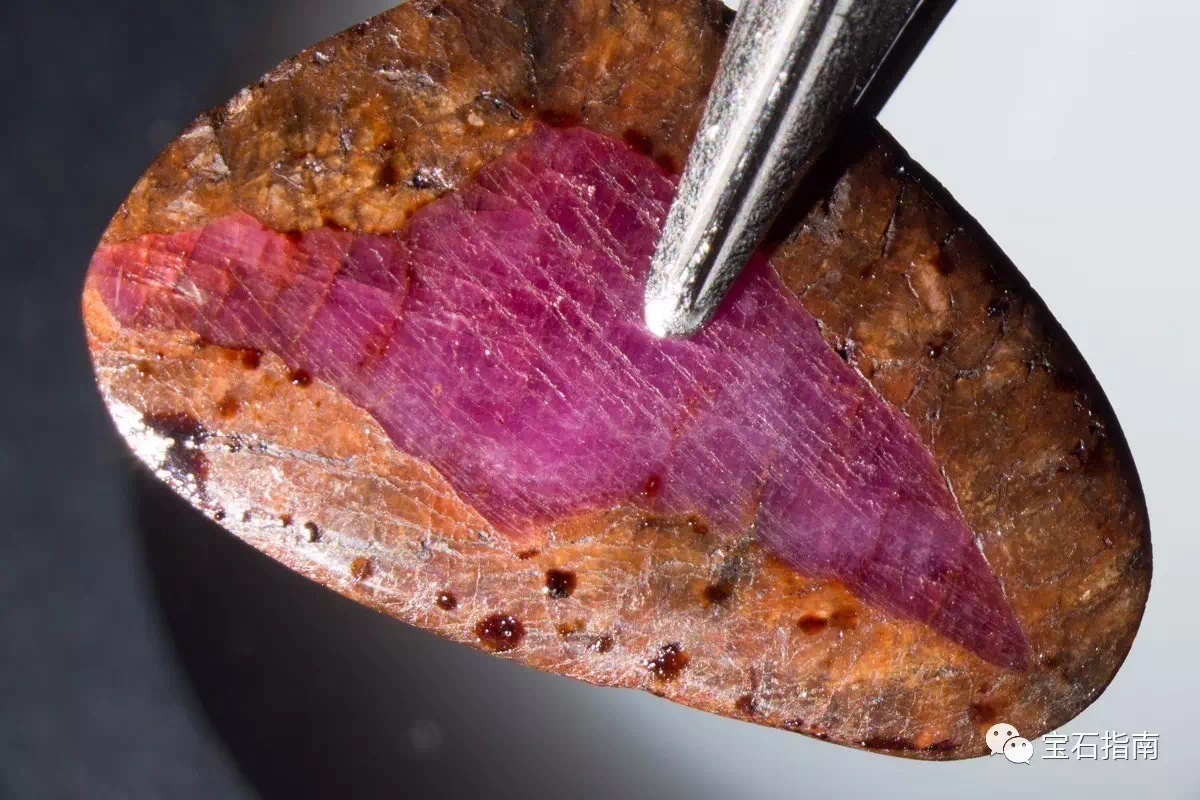
Questions about the treatment of jewellery oil injection
1. Is the refuelling caused by accident?
Some optimists believe that this is not intentional oil injection, but oil that enters the gem crack from the cutting/polishing process. Unfortunately, all the evidence so far shows that this is not the case. First of all, oil is not commonly used in the processing of rubies, sapphires or spines. Secondly, we found that the filling was so deep into the crack that it seemed that auxiliary means of heating and vacuuming had been used. Although we try to maintain an acceptable attitude, the available evidence strongly shows that this is a deliberate processing behaviour to improve the appearance of gems.
2. Will it be the water that enters the gem crack during the cutting process?
It's impossible! Because the boiling point of water is 100 °C, even slowly heated water can quickly evaporate from the crack.
3. The refractive index of oil is so different from that of the ruby. How can it be oiled to the ruby?
Just like the debate about emeralds a few decades ago - "containers vs cypress oil", this is a misunderstanding. In fact, even if the refractive index between the filling and the gemstone is not so close, replacing the air in the crack with oil or resin may improve the appearance and have a significant impact.
Please think carefully about the following: Unless the appearance can be significantly changed, there is no reason to put the jewellery into the oil at the risk of not being able to sell it.
Identify the crack filling material of ruby or other gemstones with the same analysis method as emerald: FTIR Fourier infrared spectrometer, micro-Raman spectrometer, fluorescence analysis and high-power microscope observation.
Finally, let's take a look at the two oil-filled rubies that Guild Laboratory has received:

Left Figure 1 Right Figure 2 Three-way rubble needles and ribbons commonly used in Myanmar rubies
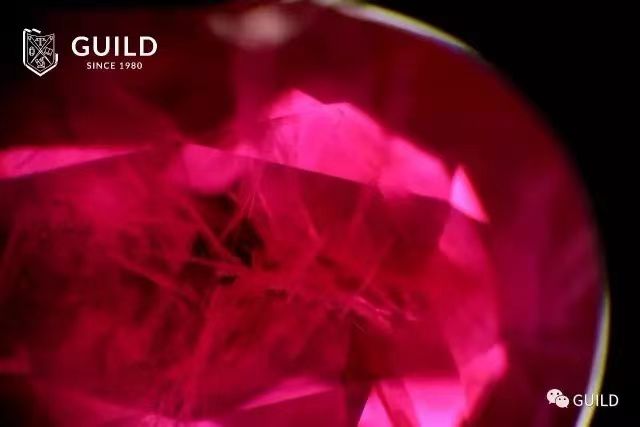
Figure 3 Finger-like healing cracks in natural rubies
After general gemmology testing, inclusion observation, spectral analysis and chemical composition analysis, the two samples were found to be originated in Myanmar. The origin of Burmese rubies is characterised by three-way short needle-shaped rutite inclusions and ribbons (as shown in Figure 1 2), and fingerprint healing cracks can be seen in natural rubies (as shown in Figure 3). However, the [fingerprint] fluid inclusions (healing cracks) in the part of the sample showed abnormalities, so further observation was carried out on this sample.
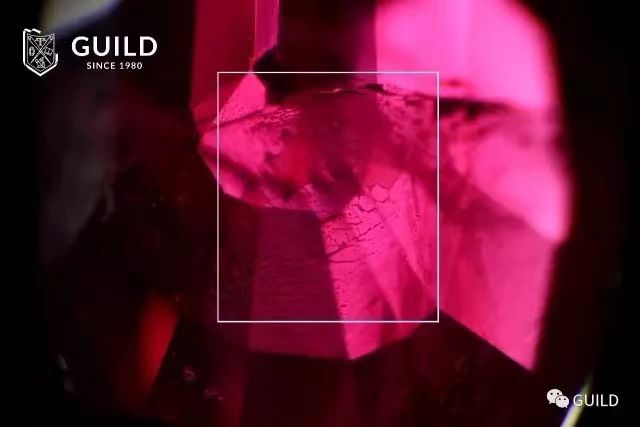
Figure 4 Under the projection light, the inclusion of a thin layer of liquid
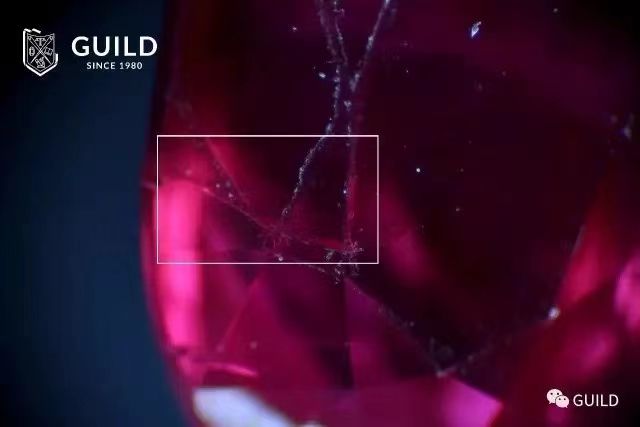
Figure 5 Under the reflected light, the thin layer of liquid inclusions
In terms of fluid inclusions alone, there is a phenomenon of [exploding] caused by artificial heating of red and sapphire in some places. However, the general heated fluid inclusions are distributed like water pipes or meshes, but the second observation shows that in addition to the general fingerprint inclusions, there are also water pipes and sheets suspected to be thin layers of liquids in local areas (as shown in Figure 4, Figure 5). The transparency of this area is different from the surrounding part and appears abnormal (as shown in Figure 6 and 7).
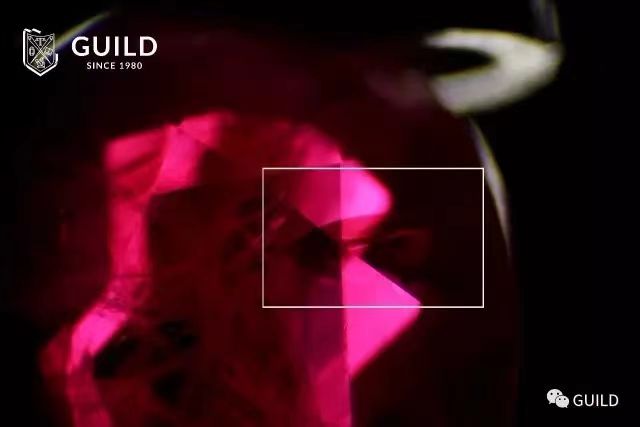
Figure 6 Liquid thin-layered inclusions
Generally, in addition to heating treatment, there are sometimes filled rubies on the market. In the past, the filler was limited to glass-like substances, and the two samples in the test did not appear such as flowing structure or blue flash, so the possibility of other organic liquid fillings is considered.
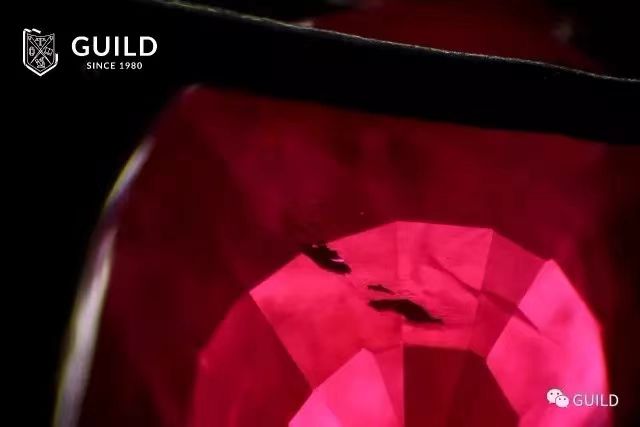
Figure 7 Thin-layered liquid inclusions
From other angles, it can be seen that the area of some filling places is enlarged and transparent, and it can be confirmed that almost all filling areas are close to open cracks on the surface by the method of ceiling lighting. If you suspect that it is oil, use the general gemological method to test the method of hot needle, but in the case of not being very certain, the test is changed to a relatively mild method: put the gem in the bottom light source of the microscope, where the temperature is high but lower than that of the hot needle.
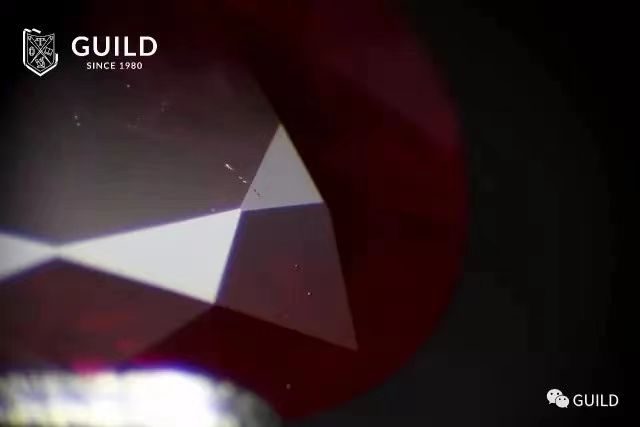
Figure 8 Signs of "sweating" in the open cracks on the surface of the gem under the heat source
With the help of the top light source, "sweat beads" (as shown in Figure 8) appeared in the open cracks. Wiping the liquid with a white tissue did not find any colour, so the possibility that the gemstone was improved by dyeing with a coloured liquid can be ruled out. Focussing on the filling area by infrared spectroscopy found alkyl absorption peaks such as 2858 cm-1 and 2926 cm-1, which can further determine that the crack contains oil-like organic substances that natural rubies should not exist. Because the filling is quite deep in many places, we have reason to believe that the oil was deliberately injected rather than accidentally penetrated. The purpose of speculation is to cover the cracks and improve the transparency of the gemstone.
Tips: In Guild's certificate, the rubies filled with oil will be "Indication of oiling in open fissures." As a comment.
Source: GUILD and Network
